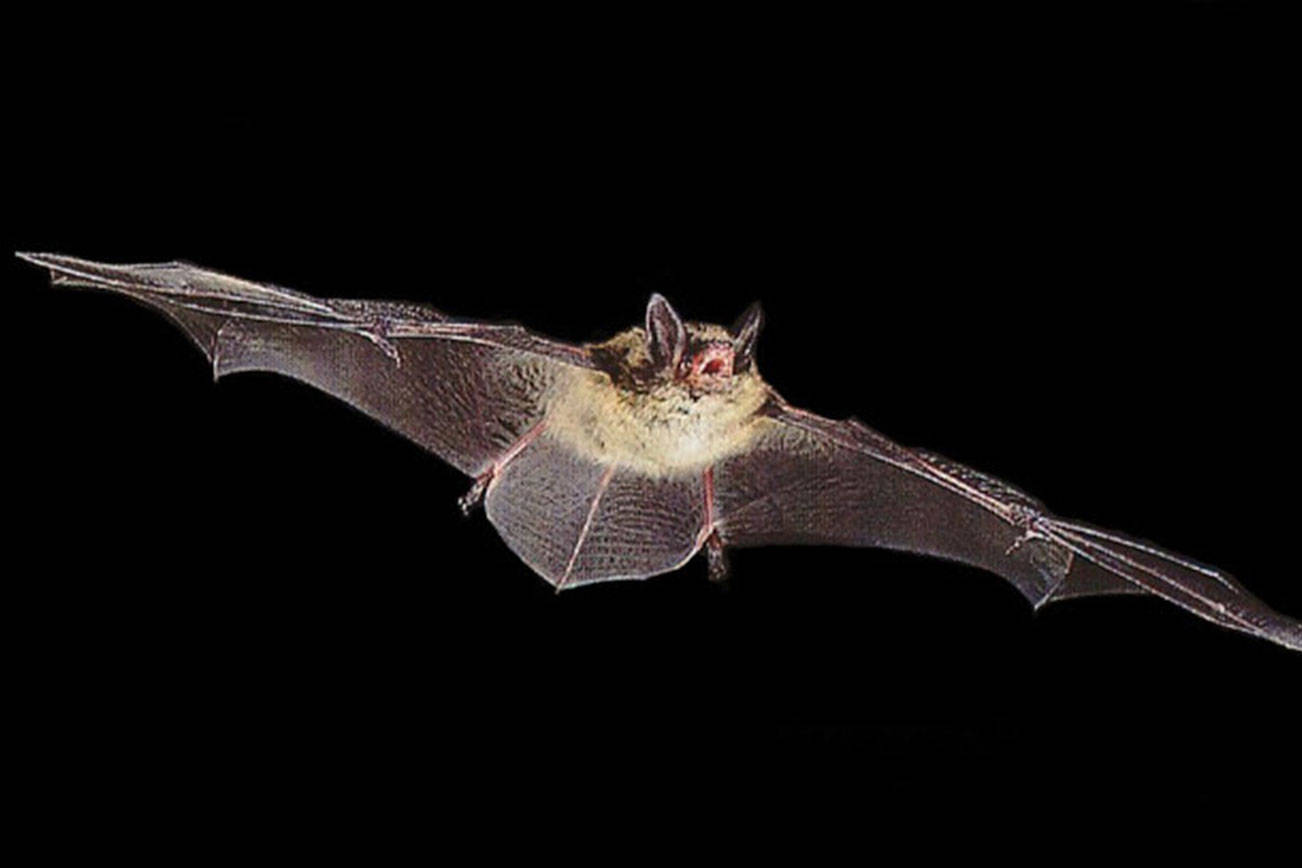The following was written by Kate Col for Public Health Insider:
As the weather warms up in King County, adult bats come out of hibernation, baby bats are learning to fly, and humans get outdoors, which means a big increase in human-bat interactions compared to other times of year. Bats can be infected with rabies and can spread that infection to humans who have bare skin contact with bats or bat saliva.
During May to July 2019, we’ve received fewer reports of exposures to bats (73 reports) than the same time period in 2018 (105 reports). One potential explanation for this decrease is that people are doing a good job taking proper precautions to prevent bat exposures.
To help keep up the good work, we’ve compiled seven important things to know about bats and rabies. Please share this information with your friends, family, and children to make sure they know how to protect themselves from rabies in bats in Washington State.
7. BATS ARE THE MAIN SOURCE OF RABIES IN WASHINGTON STATE.
All mammals can get rabies, but in Washington State, bats are the primary animal source of rabies. During 1988–2018, approximately 3 percent (517) of 15,352 animals that were tested for rabies in Washington State tested positive for the virus. Almost all of the animals that tested positive were bats.
6. IF YOU SEE A BAT, DO NOT TOUCH IT!
Any bare skin contact with a bat or its saliva, or waking up to a bat in your room, could put you at risk for exposure to rabies. Teach your kids not to touch bats, or any wild animal, and be sure to keep your pets away from bats. Talk to your family about the importance of respecting wildlife from a distance.
5. IF YOU THINK YOU OR YOUR CHILDREN OR PETS MAY HAVE TOUCHED OR PICKED UP A BAT, TAKE IMMEDIATE ACTION:
- Immediately wash the area that came into contact with the bat thoroughly with soap and water.
- Call your medical provider. If a person has been exposed to rabies, an injection of immune globulin and a series of rabies vaccinations need to be given as soon as possible to prevent infection and death.
- Report the interaction to Public Health: 206-296-4774.
If you think you had contact with a bat, try to trap it! Trapping it means it can be tested for rabies and people potentially exposed can get the treatment they need. “How am I supposed to trap a bat?” you ask. Good news – we made a how-to video, which you can watch above.
More information on how to safely catch a bat and have it tested for rabies can be found here.
4. PETS ARE AT-RISK FOR GETTING RABIES FROM BATS, TOO.
Vaccinate your pets against rabies to protect them in case they are exposed. In Washington State, all dogs, cats and ferrets are required to be up-to-date on their rabies vaccinations. Talk to your veterinarian to see if your furry family members need to update their rabies vaccine.
Keep your pet under direct supervision so they don’t come into contact with bats. If you suspect your pet has come into contact with a bat, call your veterinarian, even if your pet is up to date on its vaccinations. Your veterinarian may need to give it a booster shot to protect it!
3. IF YOU HAVE PROBLEMS WITH BATS GETTING INSIDE YOUR HOUSE, YOU CAN DO A LOT TO MAKE YOUR HOME MORE BAT-PROOF.
Putting screens on windows can prevent bats from accidentally flying into your home. Sometimes, bats are attracted to nesting in attics or inside a wall. The Washington State Department of Fish and Wildlife has excellent tips on easy things you can do to your home or building to prevent bats from getting inside.
2. MOST BATS DON’T HAVE RABIES.
Although exact numbers are not known, it is estimated that less than 1% of bats are infected with rabies. Unfortunately, you cannot tell if a bat has rabies by looking at it; only testing the brain tissue on a dead bat can confirm if a bat has rabies (live bats need to be humanely euthanized before they can be tested for rabies). So, assume all bats may have rabies and never touch them.
1. BATS ARE A VITAL PART OF OUR LOCAL ECOSYSTEM.
Don’t let all this information about rabies give you a negative opinion on bats. There are over 15 species of bats in Washington State and none of them drink blood. What they do enjoy is eating large amounts of night-flying insects like mosquitos, termites, and agricultural pests, diminishing mosquito-related diseases and the need for pesticides in our community. In fact, some people try to attract bats to their property to help reduce the number of insects. For information on how to build a bat house for your yard, check out this resource.


